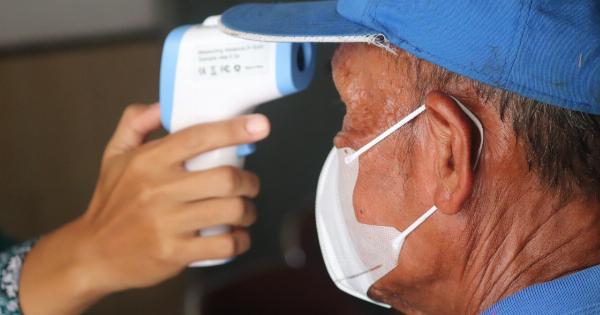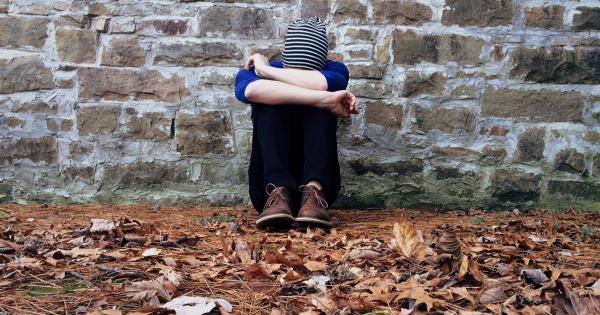Falls among the elderly population are a significant public health concern, as they can often result in serious injuries and even mortality. Numerous factors contribute to an increased risk of falls, one of which is nocturia.
Nocturia is a common condition characterized by the need to wake up one or more times during the night to urinate. In this article, we will explore the connection between nocturia and fall risk, as well as the potential underlying mechanisms.
The Prevalence of Nocturia
Nocturia affects a large portion of the population, particularly older individuals. According to research, around 60% of adults over the age of 60 experience nocturia at least once a night.
The prevalence increases with age, with up to 80% of those aged 70 and above reporting symptoms.
Understanding Fall Risk
Falls in the elderly are often a result of multiple risk factors. These can include age-related musculoskeletal changes, visual impairments, cognitive decline, medication side effects, environmental hazards, and more.
Nocturia, although not as commonly recognized, has emerged as another potential risk factor for falls.
Nocturia and Sleep Disruption
Nocturia can disrupt sleep patterns, leading to poor quality and fragmented sleep. Sleep deprivation and disturbances can impair cognitive function, attention, and balance, all of which are critical in preventing falls.
Sleep disruption can also contribute to fatigue, which further enhances fall risk.
Physiological Effects of Nocturia
The repeated act of waking up and getting out of bed to urinate can have physiological effects that increase fall risk.
These effects include decreased blood pressure upon standing (orthostatic hypotension), dizziness, gait instability, and reduced muscle strength. These factors can make individuals more prone to falls, especially during nighttime bathroom visits.
Medication Use and Nocturia
Many medications commonly prescribed to older adults can exacerbate nocturia symptoms. Diuretics, often prescribed for hypertension, increase urine production and frequency.
Sedatives, hypnotics, and certain antidepressants can also affect bladder function and contribute to nocturia. The use of these medications can independently increase fall risk and further complicate the relationship between nocturia and falls.
Addressing the Connection
Recognizing the connection between nocturia and fall risk is crucial in order to develop effective prevention strategies. Healthcare professionals should routinely inquire about nocturia symptoms in older patients and conduct fall risk assessments.
Treatment options for nocturia include lifestyle modifications, such as limiting fluid intake before bedtime, and medication adjustments. In some cases, a referral to a specialist, such as a urologist or a sleep medicine physician, may be necessary to address the underlying causes of nocturia.
Conclusion
Falls among the elderly are a major public health issue, and identifying all potential risk factors is essential for prevention. Nocturia, although often overlooked, can be a significant contributor to fall risk.
The disrupted sleep patterns, physiological effects, and the impact of medications all play a role in increasing susceptibility to falls. By recognizing and addressing the connection between nocturia and fall risk, healthcare providers can take proactive measures to reduce the incidence of falls and improve the overall well-being of older adults.































